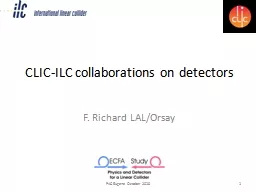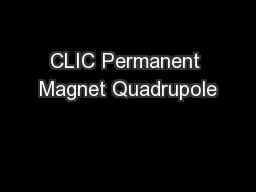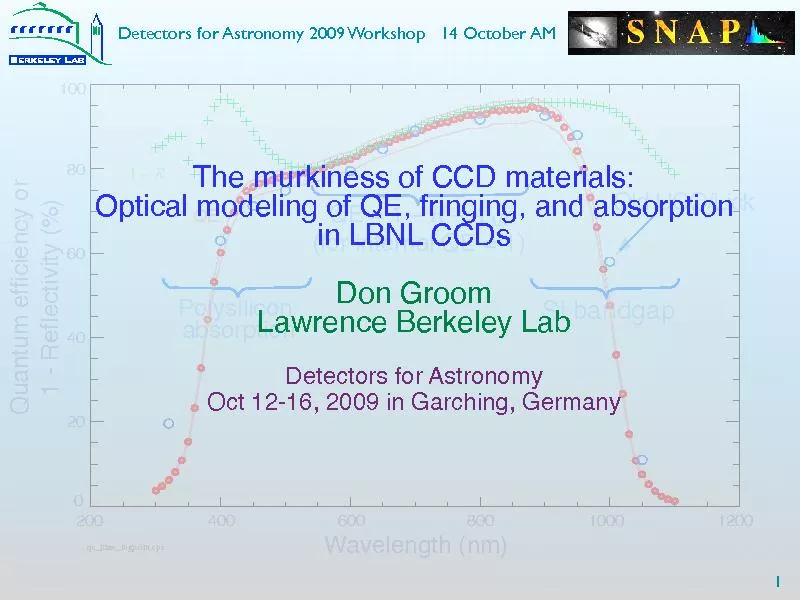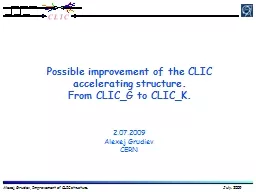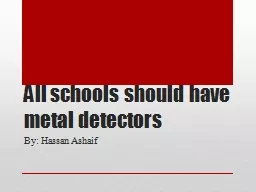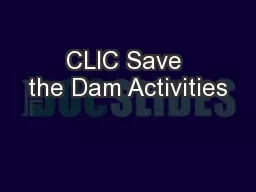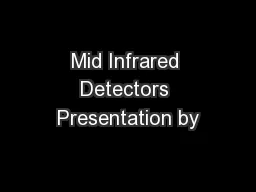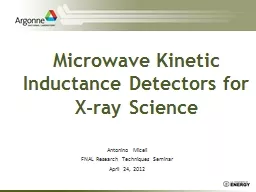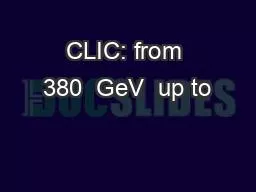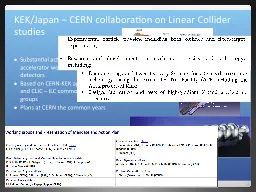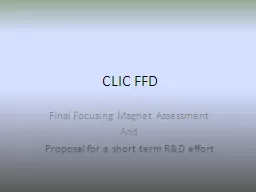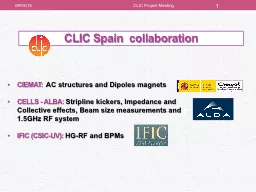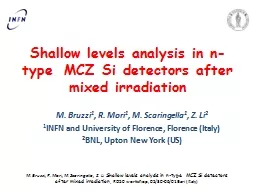PPT-CLIC-ILC collaborations on detectors
Author : yoshiko-marsland | Published Date : 2016-06-30
F Richard LALOrsay PAC Eugene October 2010 1 Introduction The Joint working group on CLICILC general detector issues up to now mostly informative since collaborations
Presentation Embed Code
Download Presentation
Download Presentation The PPT/PDF document "CLIC-ILC collaborations on detectors" is the property of its rightful owner. Permission is granted to download and print the materials on this website for personal, non-commercial use only, and to display it on your personal computer provided you do not modify the materials and that you retain all copyright notices contained in the materials. By downloading content from our website, you accept the terms of this agreement.
CLIC-ILC collaborations on detectors: Transcript
Download Rules Of Document
"CLIC-ILC collaborations on detectors"The content belongs to its owner. You may download and print it for personal use, without modification, and keep all copyright notices. By downloading, you agree to these terms.
Related Documents

